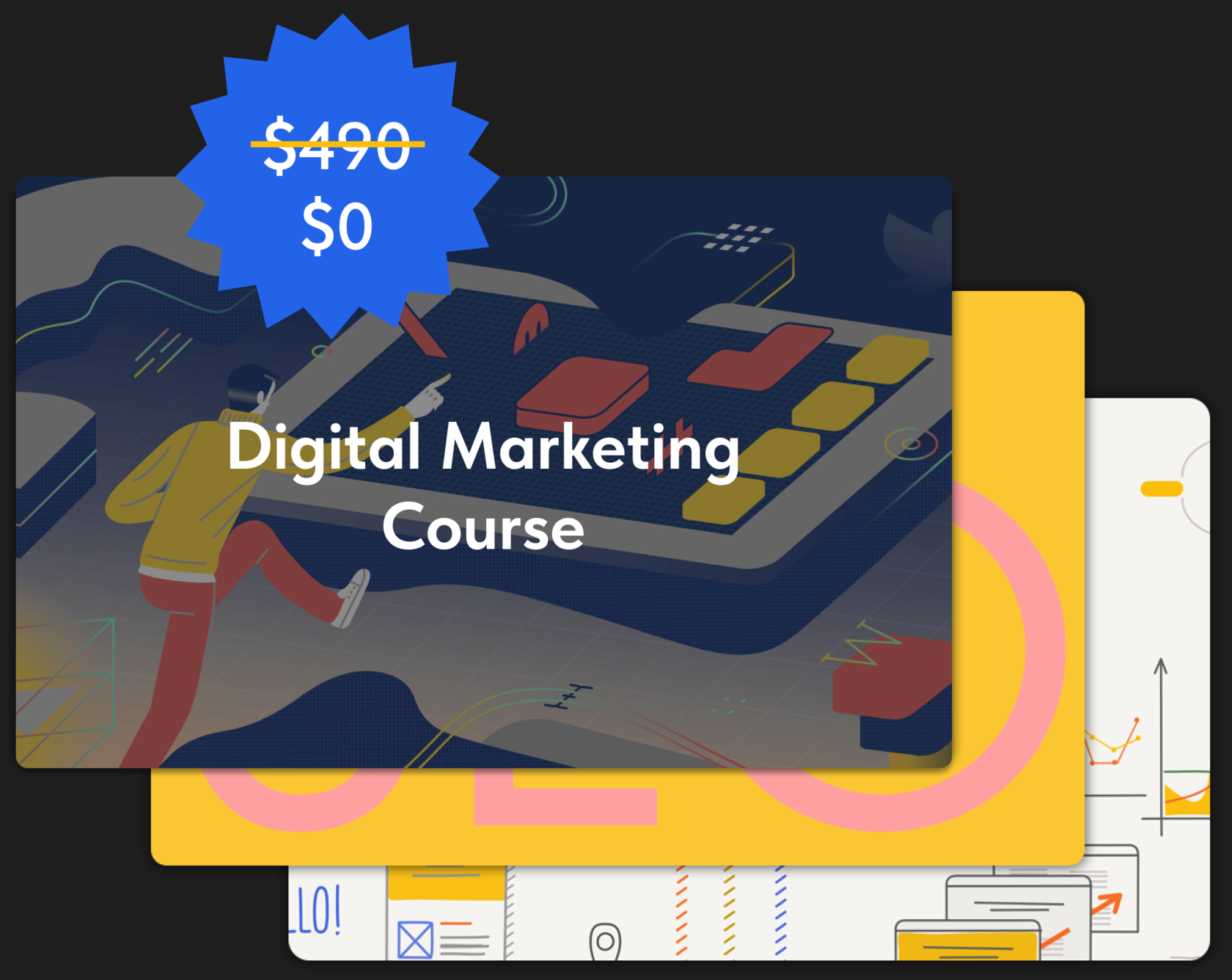These are triggered by specific user actions, so the subscriber knows exactly why they're receiving them. Their main purpose is to keep customers informed about a process or remind them of an important step they haven't completed (like making a payment).
Examples:- Registration confirmation
- Order confirmation
- Payment received or canceled
- Payment confirmation
- Order updates
- Password reminders




